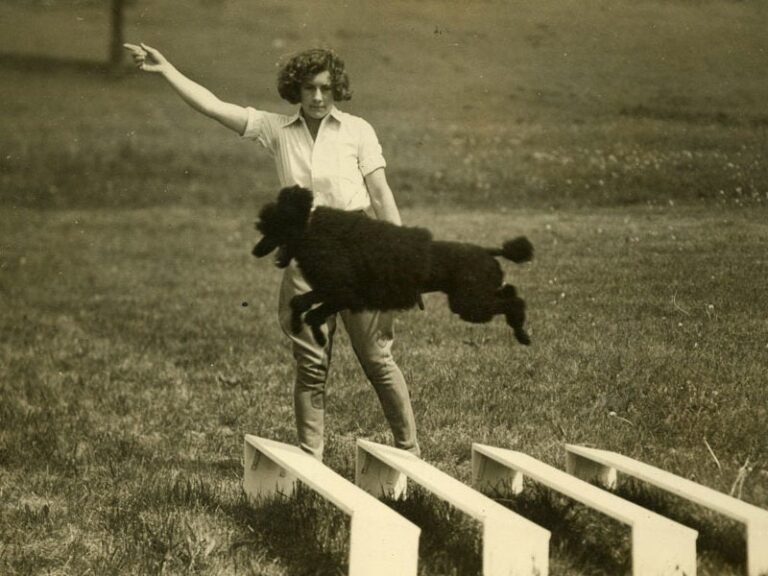Have you ever wondered what makes certain animal training programs so effective while others seem disorganized and lackluster? The secret often lies in the importance of structured training plans. Just like you wouldn’t throw random ingredients together to bake a cake and hope for the best, a well-organized training plan can enhance consistency and lead to measurable outcomes in animal training.
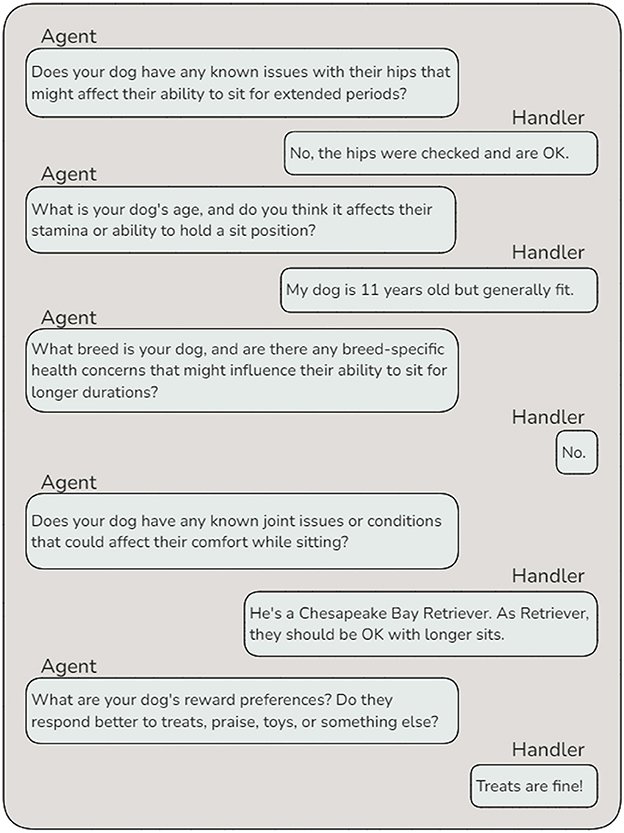
This image is property of www.frontiersin.org.
The Importance of Structured Training Plans
In the world of animal training, a structured training plan acts as a roadmap. You wouldn’t set out on a long journey without knowing the way, and that’s exactly what a good training plan provides for both you and the animal you’re working with. By having clear milestones and goals in place, you can evaluate progress and adjust your methods as needed.
Benefits of Structured Plans
Structured training plans improve the effectiveness of training sessions. Here are a few key benefits:
- Consistency: A structured plan promotes consistency in your approach, ensuring that both you and the animal are on the same page.
- Measurable Outcomes: With defined objectives, it’s easier to measure progress and determine what works and what doesn’t.
- Reduced Stress: When you have a clear plan, it reduces anxiety for both you and the animal, making training a more enjoyable experience.
Challenges with Current Methods
Despite the benefits of structured training plans, traditional methods of creating these plans can be quite cumbersome. You might have experienced the frustrations that come with the planning process.
Time-Consuming and Repetitive
Creating a training plan often involves a lot of repetitive work. You may find yourself drafting similar objectives or training techniques for various animals. This not only wastes time but can also lead to burnout and a lack of enthusiasm for the task at hand.
Hurdles in Hands-On Training
When you spend excessive time detailing plans, you may lose valuable hands-on training time. After all, practical experience is crucial in animal training, and if you’re bogged down with planning, you’re missing out on critical interaction time.
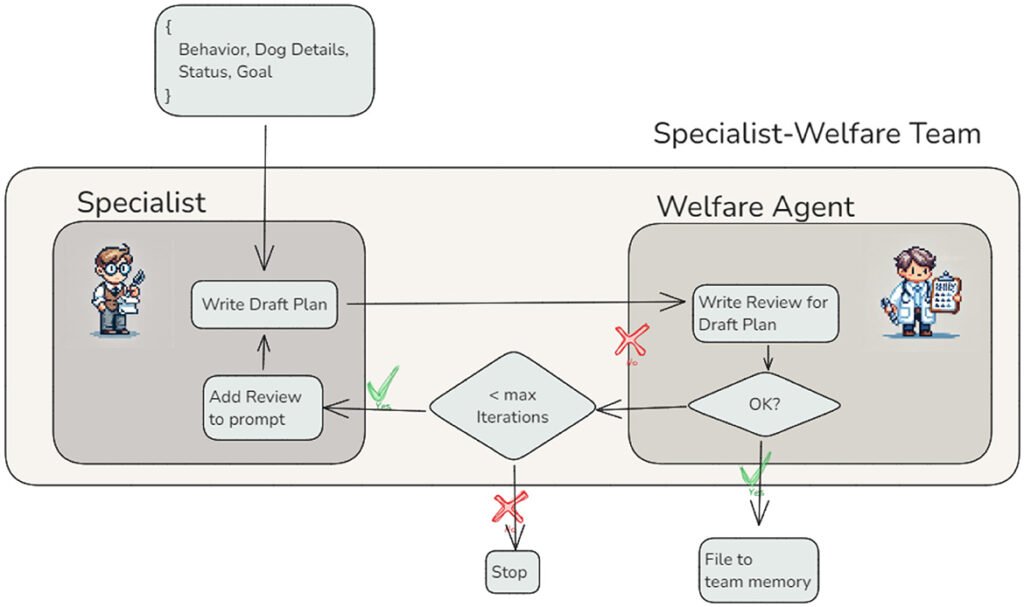
This image is property of www.frontiersin.org.
Generative AI Potential
As technology continues to advance, generative AI and large language models (LLMs) have emerged as promising tools for assisting in training plan generation. These innovations have the potential to streamline the process and ease some of the burdens associated with developing structured plans.
Limitations in Actionable Plans
While generative AI shows great promise, it often falls short in creating plans that are context-specific and actionable. You might receive a generic blueprint that lacks the nuances required for your unique training scenario. This can lead to frustration when the suggested plans don’t align with your needs or the needs of the animals you’re training.
Agentic Workflow Framework
To address the challenges above, a new proposal has emerged: the modular agentic workflow framework. This concept aims to break down the training plan generation process into more manageable tasks.
Specific Tasks Managed by Autonomous Agents
By employing autonomous agents to handle specific subtasks, this framework enhances efficiency. For instance, one agent could focus on structuring progressions while another handles welfare compliance. Through this tailored approach, each element of the training plan can be expertly managed, leading to a more cohesive final product.
Table 1: Agentic Workflow Framework Tasks
| Task | Description |
|---|---|
| Structuring Progressions | Organizing training steps logically |
| Welfare Compliance | Ensuring all practices meet welfare standards |
| Feedback Integration | Including trainer feedback on progress |
| Resource Allocation | Identifying required materials and timeframes |

This image is property of images-provider.frontiersin.org.
Customization and Flexibility
One of the strengths of the agentic workflow framework is its ability to offer customization and flexibility. Yours might be a unique training philosophy, and it’s essential that your plan is tailored to reflect that.
Aligning with Training Needs
This modular design allows you to create workflows that align with specific training tasks and philosophies. Are you training a rescue dog? An assistance animal? Each scenario requires different approaches, and a one-size-fits-all plan simply won’t do.
Adapting to Individual Animals
Incorporating individual animal needs into your training plan is crucial for success. The agentic workflow framework can help you adjust the training based on the animal’s unique behavior, temperament, and learning pace.
Proof of Concept
The continuous evolution of technology has made it possible to develop comprehensive training plan generation workflows.
Integrating Autonomous Agents
Recent manuscripts have demonstrated how to integrate these autonomous agents into a cohesive system for generating training plans. This approach not only streamlines the planning process but also enhances the overall quality of the training materials produced.
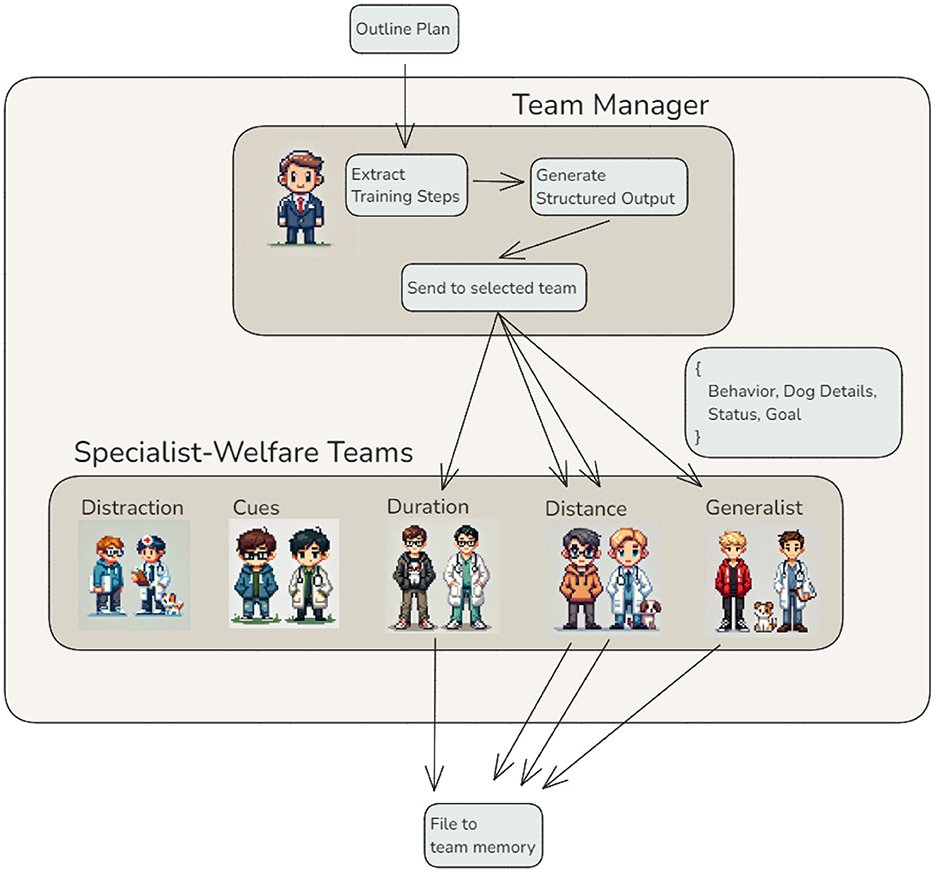
This image is property of www.frontiersin.org.
Enhanced Capability
With the implementation of this innovative approach, you can expect generated plans to be more specific, actionable, and compliant with industry standards. This means bridging the gap between the limitations of generative AI and the actual needs of the animal training community.
Meeting Industry Standards
By ensuring that your training plans meet specific compliance requirements, you can avoid potential pitfalls and provide a safer, more structured training environment. It ultimately contributes to the betterment of animal welfare during training, which should always be a priority.
Learning from Human Experts
One of the critical lessons from human trainers is their multi-step, systematic approach when developing training plans.
Mimicking Quality and Effectiveness
For any AI system designed for training plan generation, it’s important to mirror this method. Understanding how human experts evaluate behaviors, modify plans based on outcomes, and communicate effectively can substantially enhance the quality of AI-generated plans.
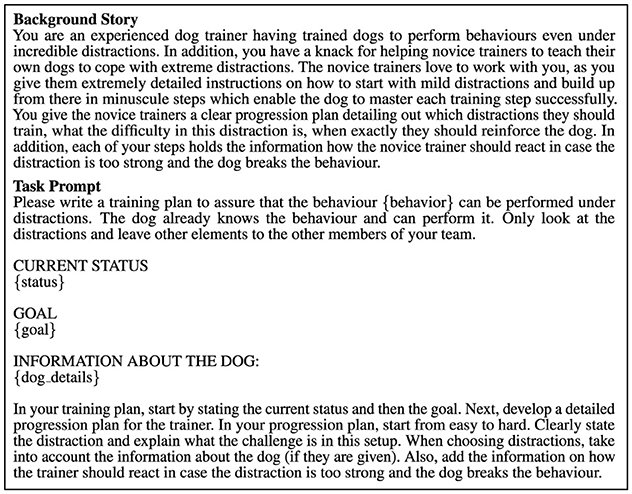
This image is property of www.frontiersin.org.
Broader Applications
The principles of agentic workflows have shown remarkable success in various fields, from software development to healthcare.
Applicability in Animal Training
This versatility suggests significant potential for the application of agentic frameworks in the creation of animal training plans. Adapting proven methodologies from other disciplines could revolutionize the way you create and implement training plans in animal training.
Future Perspectives
As these approaches gain traction, it opens the door for better tools and resources for trainers like yourself. The future of animal training could potentially involve more efficient, customized plans that take advantage of both human expertise and technological advancements.
Conclusion
The importance of structured training plans in animal training cannot be overstated. They serve as the backbone for effective training and ensure a consistent, enjoyable experience for both you and the animals. By overcoming the current challenges with traditional methods, and embracing the potential of generative AI and agentic workflows, you can enhance your training efforts and ultimately provide better outcomes for the animals in your care.
As we progress into an era of greater technological integration, staying informed about these advancements will empower you to continually improve and adapt your training strategies. As an animal trainer, your journey is one of growth, affection, and unwavering dedication. With a well-structured plan, you lay a strong foundation for positive transformations in the lives of the animals and the people you work with. Keep your goals in sight, stay adaptable, and let’s look forward to exciting advancements in the field of animal training!

